Interview with Navneet Nishant, Author “Somebody I Used to Love”
Author Navneet opens up about love, memory, and healing in Somebody I Used to Love—a moving reflection on past romance and creative rediscovery.on Apr 30, 2025
.jpg)
Frontlist: The title of your book, Somebody I Used to Love, is quite evocative. Can you share what inspired this title and how it relates to the journey you describe in the book?
Navneet: The title took a long time to come, but when it came as Somebody I Used to Love, it felt almost inevitable—like it had been waiting to be put into words. When I wrote this book, I had named it Death by Chocolate, a dessert that I used to love in Manipal. Then, somewhere along the way, I had called it Diamonds and Rust for almost a decade (in my head). However, when I revisited this manuscript after 16 years, I saw not just a love story but a meditation on time, memory, and change.
Love, when you’re young, feels absolute. You believe it will last forever, that it is immune to life’s unpredictability. But time has a way of reshaping emotions, blurring once-vivid memories, and leaving us with echoes of something that was once all-encompassing.
To say somebody I used to love is to acknowledge both the depth of that love and its impermanence. It’s not about regret or bitterness; it’s about honoring what was, even if it no longer is. Love doesn’t disappear—it transforms. It lingers in small ways, in lessons learned, in songs that take you back, in the way you now love differently because of it.
This book is deeply personal. It captures a part of my own experience that is true. Ninety percent of the book is a love story—a fiction I wrote when the Indian storytelling scene was exploding with stories like that about a decade and a half ago. Chetan Bhagat was coming out with books one after another. Young people had suddenly gotten back into reading. A lot of it is inspired by my life.
I feel like I have lived a rich life. My life has had many phases, and all of them have been beautiful. The story in this book is drawn from my college life, my own affairs, and my years in Manipal and Bokaro. But the last ten percent—mostly in the final chapter—is the unexpected part that you’ll find. That unexpected part is a very personal side of me. Even though the book portrays the love story as my trigger to go down a spiral, the spiral part is real.
I won’t say more, or I’ll end up giving spoilers to my own book. But then again, the power of love in bringing someone back from the spiral—that’s the essence of the title. Love is never wasted, even if it’s left in the past.
Frontlist: The book acknowledges the power of storms and anchors in life. Can you share how you’ve navigated challenges in your journey as an author, and how that reflects in the book’s story?
Navneet: Storms and anchors have been defining elements of my life, just as they are in the book. The storms—addiction, self-doubt, and reinvention—were the chaotic periods that forced me to grow. The anchors—art, self-reflection, my partner, the ability to create, my साधना, and me raising a new life—were what helped me find my way back.
Getting this book ready for publishing was like opening a time capsule of emotions. There were moments when revisiting my younger self’s words felt overwhelming because I could see so clearly the rawness of that time—the way love felt like the most urgent thing in the world, the way pain felt endless. And yet, in the process of finishing the book, I realized how much resilience the once-cornered character had built over time.
The characters in my book face their own storms—love that arrives like a monsoon and leaves destruction in its wake, moments of connection that feel infinite until they’re not, and the struggle to hold on when everything is slipping away. But through it all, they also find their anchors. Even when love is lost, one is not. That’s a reflection of my own journey—learning that no matter what happens, you can always come back to yourself.
Frontlist: Reflecting on young romance and the butterflies that come with it, what message do you hope readers take away about love and connection from your experiences shared in the book?
Navneet: That love, no matter how brief, leaves something behind. And the intensity of young love is not something to be dismissed—it is real, it is transformative, and it shapes who we become.
At 19, love feels like the center of the universe. At 35, you realize that love is part of a larger journey. I hope readers walk away from this book with a sense of gratitude for the love they’ve experienced, even if it didn’t last. Love isn’t about ownership or permanence; it’s about connection, however fleeting.
Frontlist: If there’s one lesson or feeling you want readers to carry with them after reading Somebody I Used to Love, what would it be?
Navneet: That it’s okay to let go. That love doesn’t have to last forever to be meaningful. And that every version of ourselves—who we were when we loved, when we lost when we healed—deserves kindness.
I want readers to finish this book not with sadness but with a quiet appreciation for the fleeting, beautiful, and deeply human experience of loving and being loved.
Frontlist: What inspired you to revisit a manuscript written 16 years ago and bring it to life now? How has your perspective on love and self-care evolved since then?
Navneet: You will not believe this—it was very unexpected. Last year, I wanted to write a few children’s books that I could read to my kid. However, in the process, once I started talking to publishers, I realized that I already had a book sitting on my shelf.
You know the trend that is going on these days, where you meet your younger self? Mine had written a book for me to go back to. I wanted to see what my younger self had written, almost like opening an old diary. But as I started reading, something unexpected happened—I found myself moved by it. Not just because of nostalgia but because I could see the honesty in it. The book was raw, unfiltered, and full of emotions I had long buried. And I realized that this story still deserved to be told.
Back then, love was all-consuming, idealistic, and sometimes self-sacrificing. It felt like an identity, a reason for existence. But as I’ve grown, I’ve realized that love is not just about intensity—it’s also about balance. Self-care, something I didn’t fully understand at 19, is now at the core of how I love. It means loving without losing yourself, holding space for your own needs, and knowing that love isn’t meant to break you. Loving yourself is the greatest act of kindness.
Revisiting this book after so many years was like having a conversation with my younger self. It reminded me of where I came from, how much I’ve learned, and how love, no matter how fleeting, always leaves something behind.
Frontlist: You dedicated a part of your book to monsoon rains in India. How do cultural elements, like the monsoons, play a role in your exploration of love and connection in the book?
Navneet: Monsoons in India are more than just a season—they are an experience, a feeling. They arrive with a heaviness in the air, the scent of wet earth, and the sudden downpour that forces people to take shelter together—the kind of rain that makes everything feel more alive. Growing up, monsoons meant stolen moments, long walks, and conversations under umbrellas. There’s something about the rain that makes me feel everything more intensely, more cinematically, like the world around you is alive, trying to talk to you. Everyone knows about my love for rain—my four-year-old calls me a mor (peacock) when it rains.
In the book, the monsoon isn’t just a backdrop; it’s almost a character in itself. It represents the highs and lows of love: the unpredictability, the beauty, the destruction, and the nostalgia it leaves behind. It’s the kind of rain that brings you together but also washes things away.
Being true to cultural elements like the monsoon comes very intuitively to my style—it is personal and sensory. Love doesn’t exist in isolation; it is shaped by where we are, what we hear, what we smell, and what memories certain places or seasons bring back. In that way, the monsoon in my book is more than just weather—it’s a metaphor for love itself. Plus, you have to live through monsoons in Manipal to know what they can be—raw, primal. It makes you fall in love with your own being.
Frontlist: You mention art’s power to bring you back to the present. Can you discuss how creativity and art serve as a form of self-care for you throughout your journey?
Navneet: For me, art was a way of reclaiming the present. Whether it was painting, playing music, doodling, or writing, creative acts allowed me to slow down. Only in hindsight can I realize that they helped my once-destroyed-in-chaos brain on its journey back to the present. When life feels overwhelming, art is such an intuitive biohack to process emotions that words can’t. Art is a form of meditation. It’s an act that binds you to the present.
There were times in my life when I felt lost, when I struggled with addiction, and when the past felt too heavy. And in those moments, creating something—anything—kept me grounded. Art is like love in that way: it demands presence, vulnerability, and surrender. It doesn’t judge where you’ve been; it only asks you to show up as you are.
Writing this book was both an act of reflection and self-care. It was my way of honoring the past while anchoring myself in the present. I have left so many breadcrumbs throughout the book to honor certain people in my life—only they would be able to catch them.


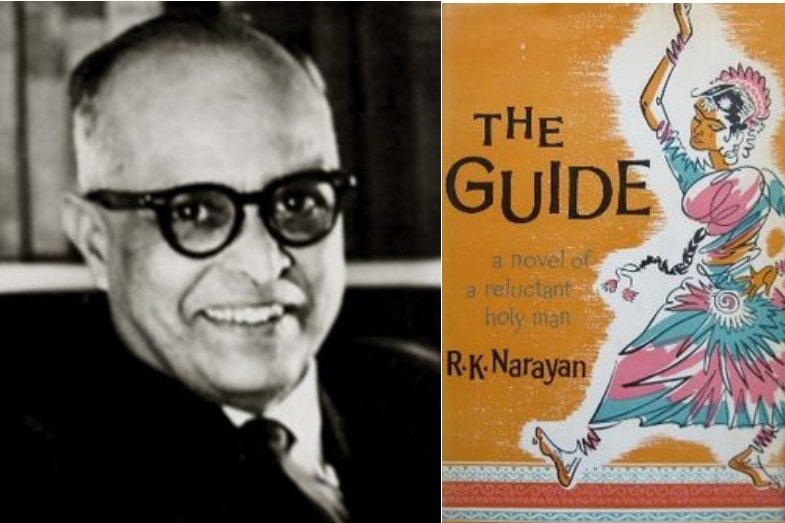
.jpg)

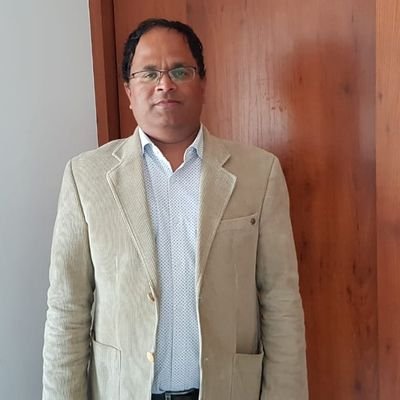

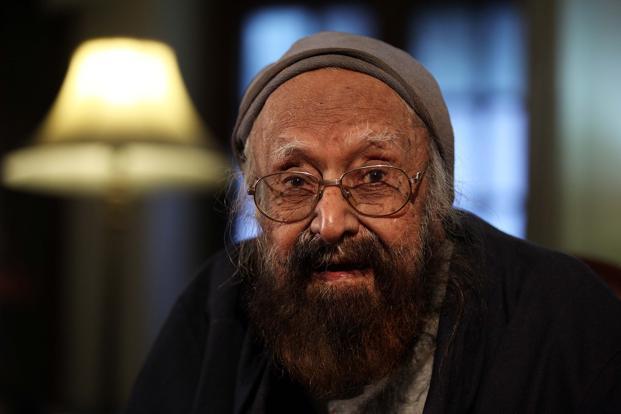
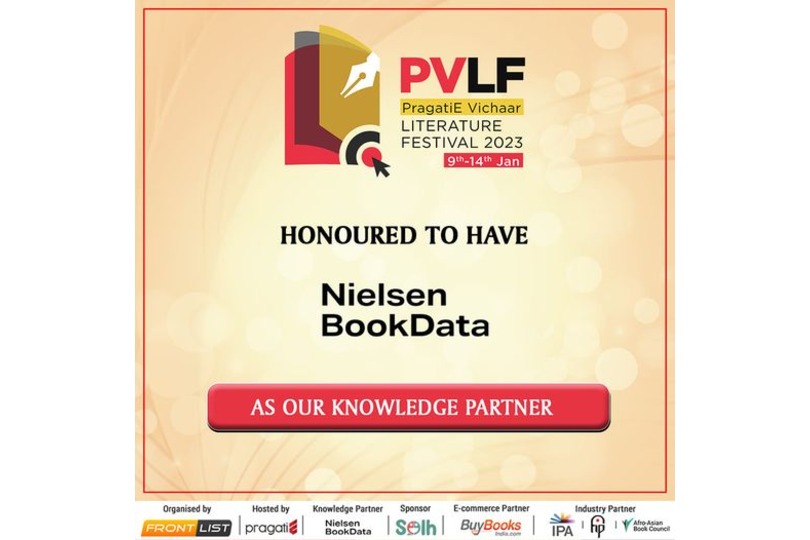
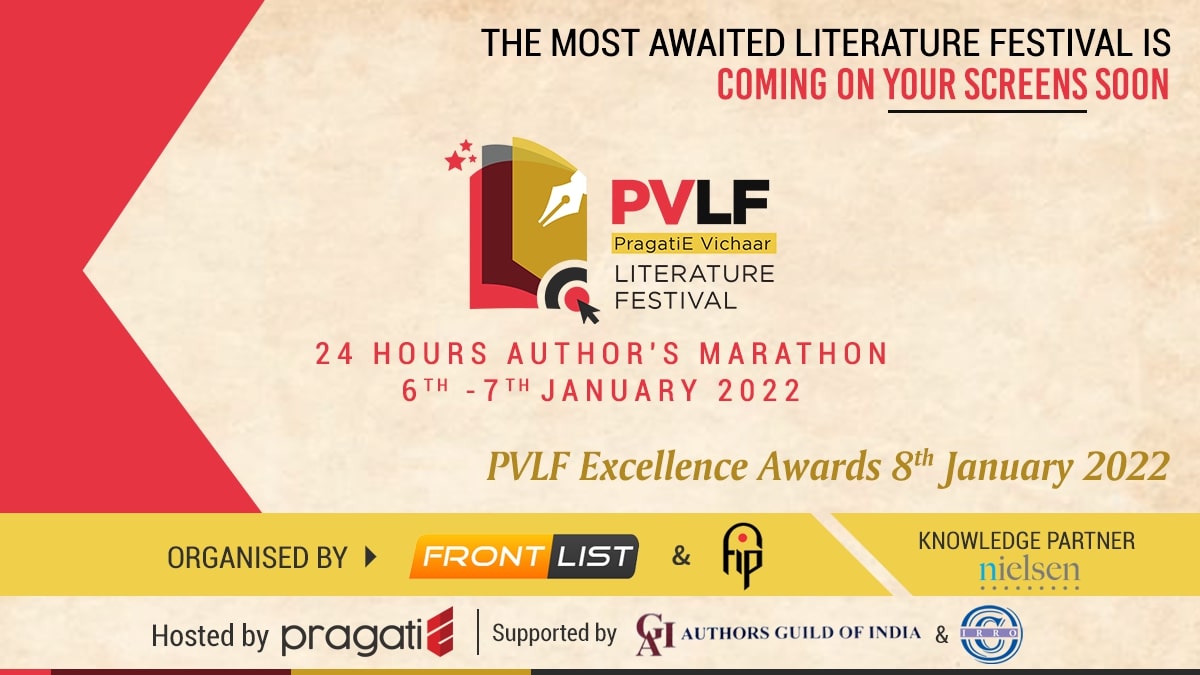
.jpg)

.jpg)
.jpg)
.jpg)
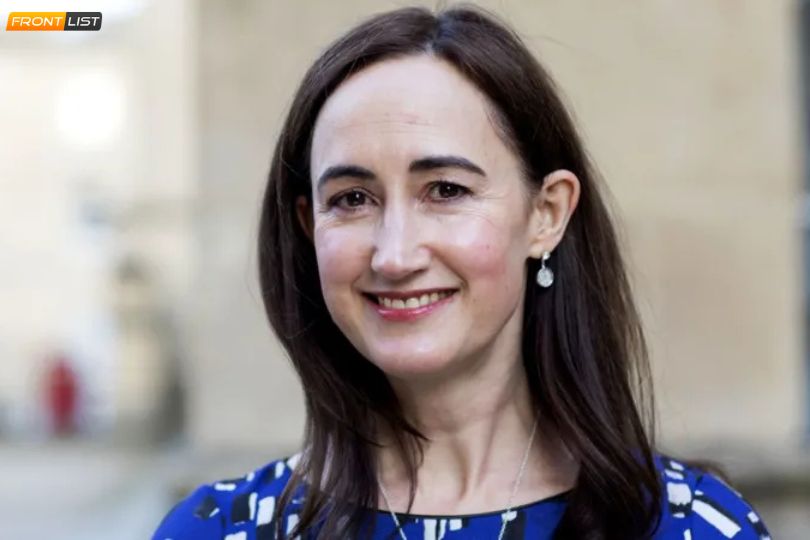
.jpg)
.jpg)
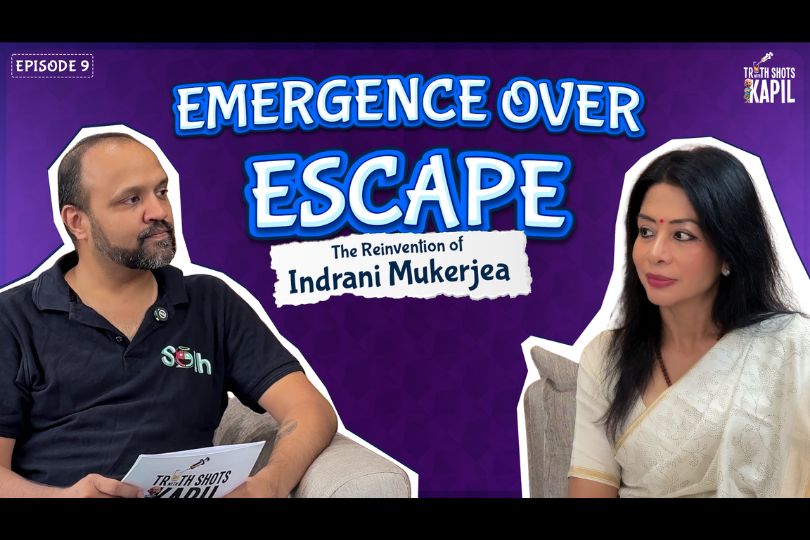
.jpg)
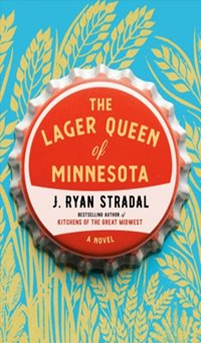

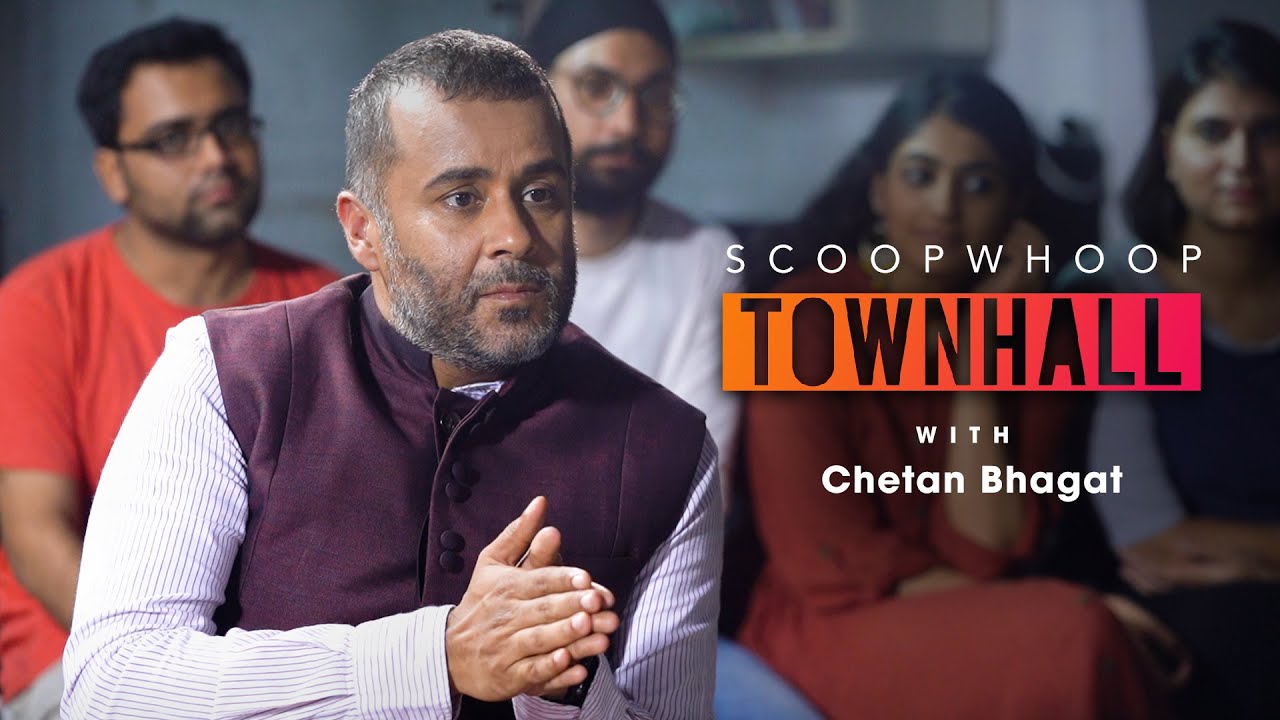
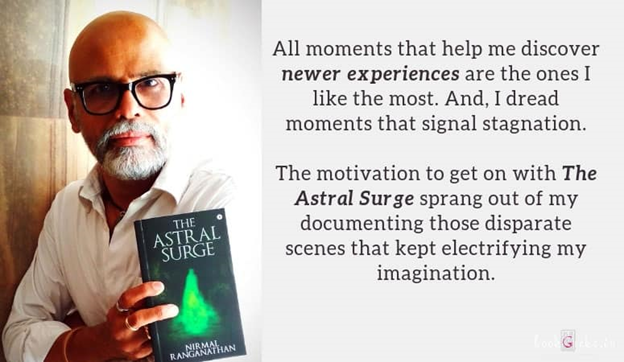
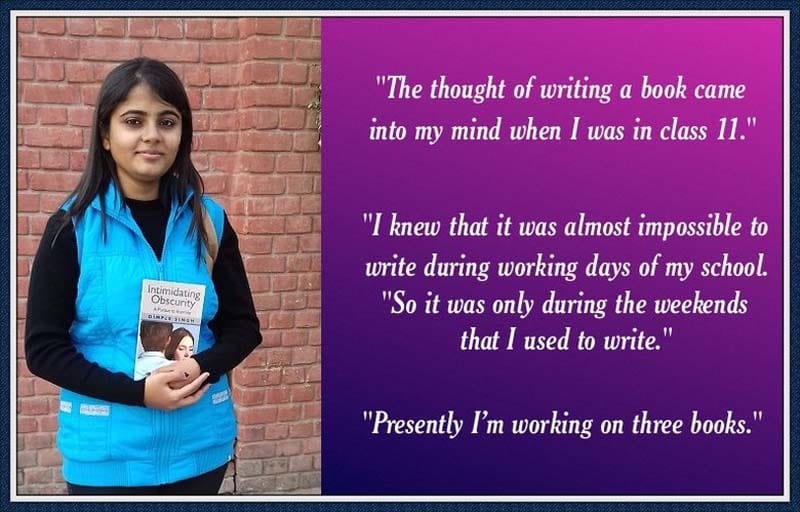
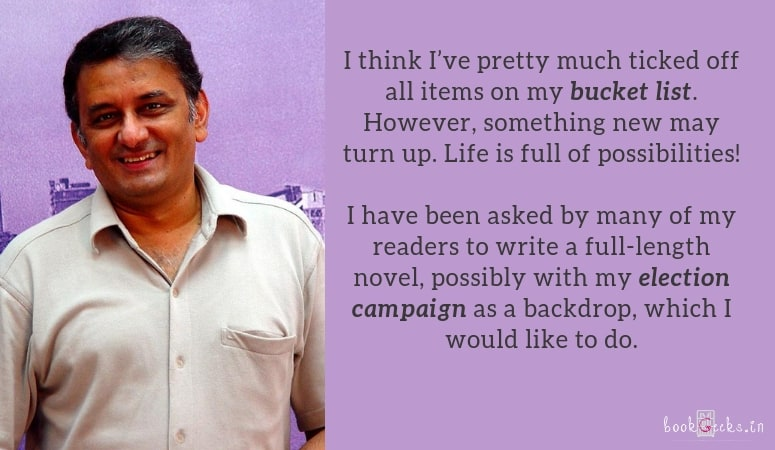
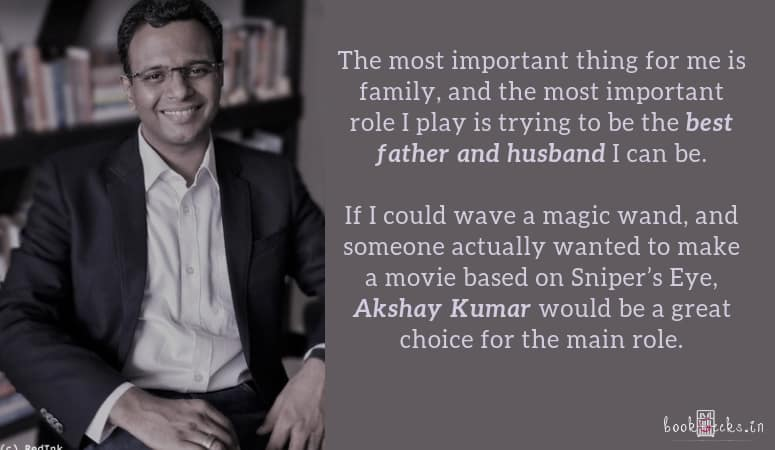
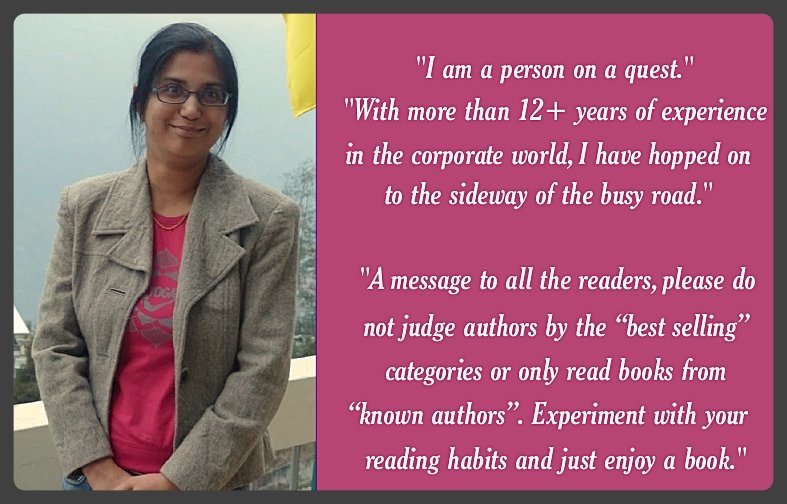


Sorry! No comment found for this post.